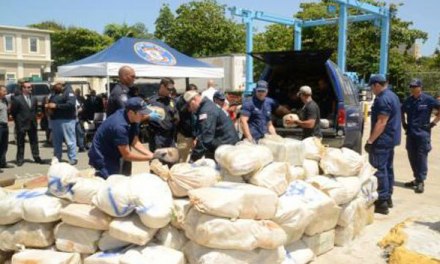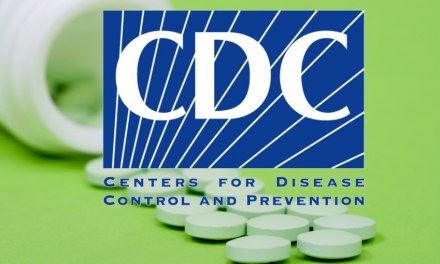It’s election season, and the Politico website updates us on the national mood:
Everyone’s tough on drugs again
Traffickers are to blame, the candidates say. Virtually no one’s talking about treatment.
Seems that all anyone running for office wants to do is to promise us stiffer law enforcement and swifter punishment for ‘the bad guys’ — whoever they may turn out to be.
It’s a contrast from six years ago, when then-President Trump signed the SUPPORT act with broad approval from a bipartisan Congress. The hope then was that by emphasizing treatment — traditionally a red-headed stepchild to law enforcement, since the beginning of the War on Drugs — our nation had finally hit on the solution to America’s drug problem.
Not so fast. The opioid epidemic kept expanding, now driven primarily by illicit fentanyl rather than prescription painkillers. Overdose totals continued to grow. As a result, the pendulum of public opinion has swung once again.
And as so often is the case, the timing seems wrong: “.. policymakers, for the first time in years, have evidence that the tide of fatal drug overdoses is receding… CDC estimates that overdose deaths, most caused by fentanyl, declined by nearly 13 percent between May 2023 and May 2024, to just under 100,000.”
As far back as 1968, Siegler, Osmond, and Newell observed that approaches to drug problems that dared to focus on rehabilitation and prevention were often forced to shift direction towards punishment and deterrence, if they failed to produce results quickly enough to meet the expectations of a demanding public.
I suspect that’s happening again.
Drug abuse has never been the sort of challenge we could hope to overcome by locking up vast numbers of people or building barriers along the border to keep the stuff out. That’s even more true in an era of synthetics, which can be produced anywhere, given the necessary ingredients and expertise, and for which vast distribution networks already exist.
Face it: We need to address it with equivalent emphasis on both sides– treatment and prevention along with law enforcement.
Instead, our habit has been to rush headlong in one direction, only to reverse course and rush back the opposite way — later to wonder why we don’t seem to get anywhere.
Anyway, if the pundits are correct, what the public wants to hear is more tough talk about drug abuse.
It’s just not a winning strategy. Except, perhaps, at the polls.













